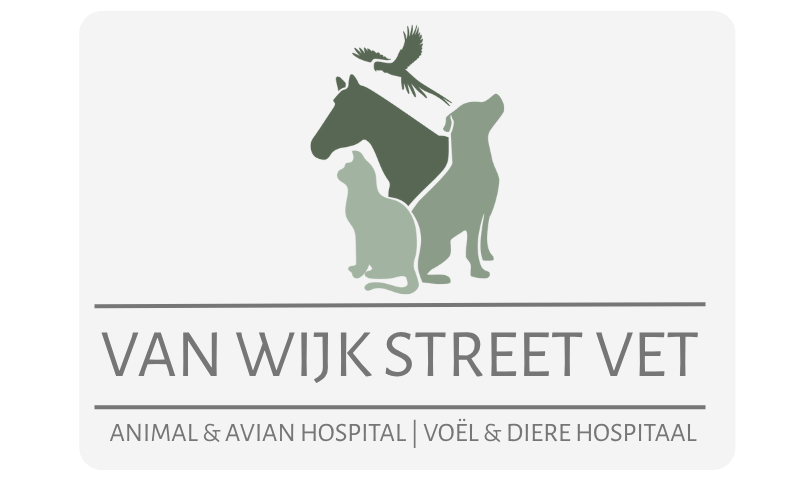Equine Radiology
Small Animals
Equine Radiology
Radiology of the equine limbs

Radiographs are the technical name for X-rays. They are used to examine the anatomy of the internal structures of horses, either for diagnosis of a disease or before purchasing a horse to confirm that it is sound.
Mobile X-ray services can be provided for horses needing X- rays.
Full lameness work ups are also provided to our equine clients.

Send us a Message

Visit Our Clinic
Cnr Van Wijk & Giraffe Street

Call Us Today
013 744 1836






